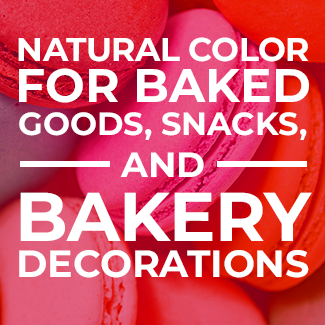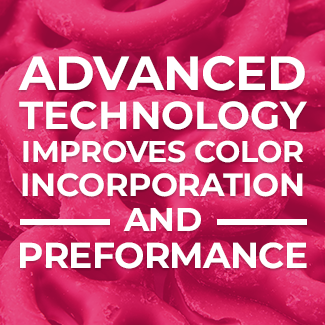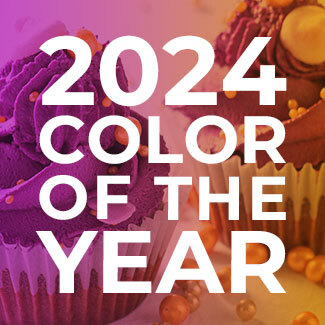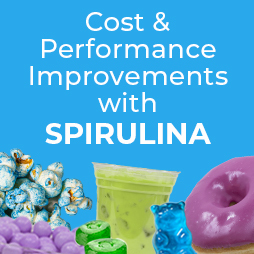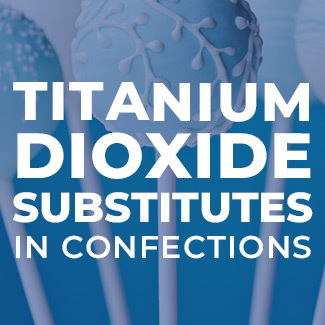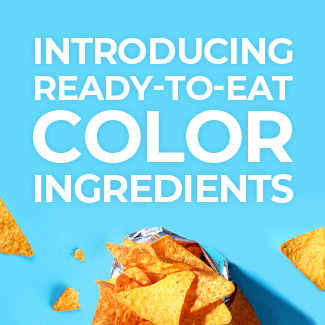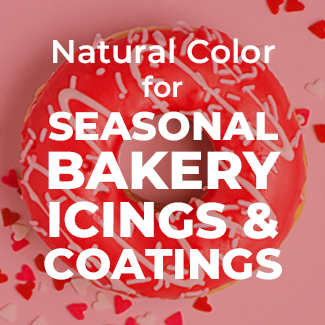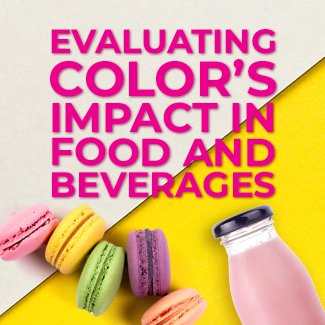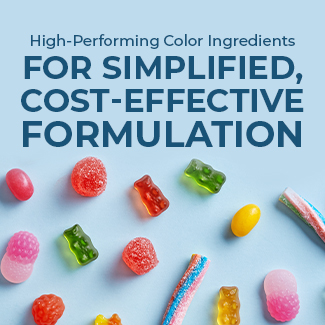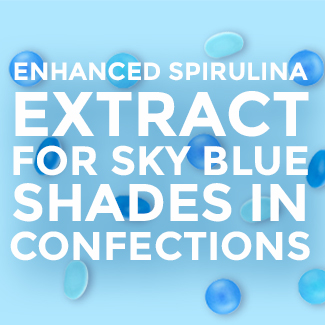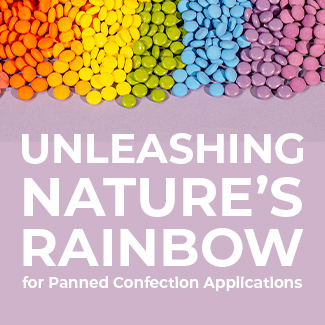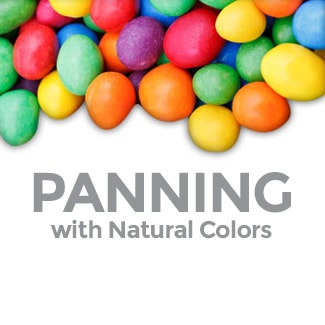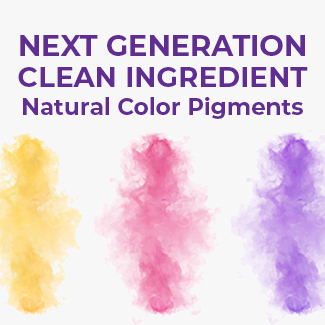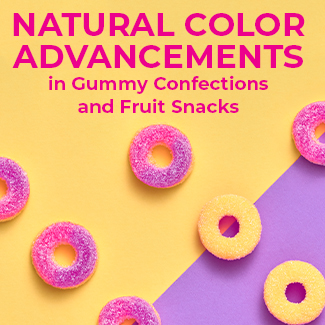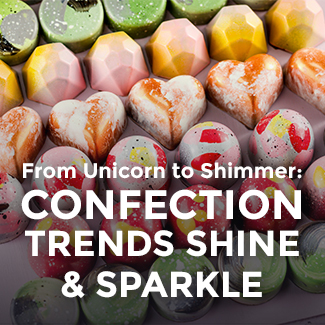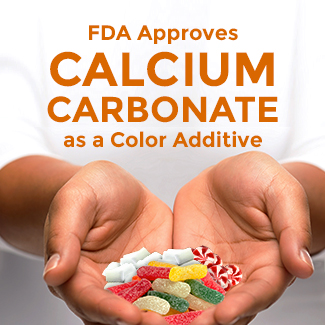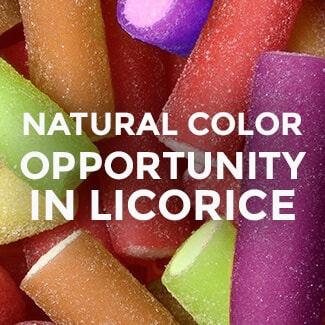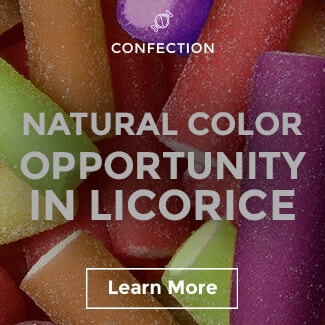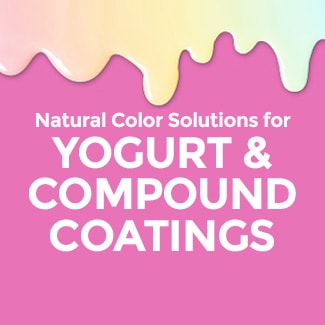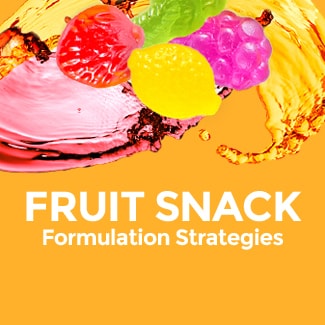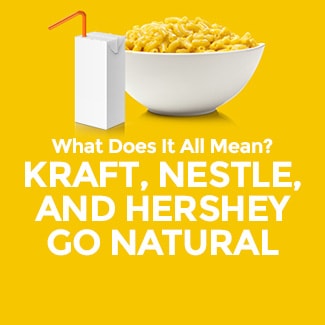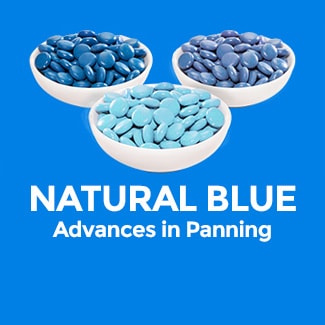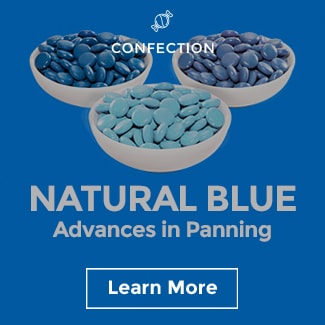Iron Oxides Approved by the FDA
On March 20th, 2015; Red, Yellow and Black Iron Oxides were approved as ‘Exempt from Certification’
(i.e. Natural) colors by the FDA for use in soft and hard candy, mints, and chewing gum. This action is in response to a petition filed by Wm. Wrigley Jr. Company.
Natural Colors can often face stability issues, in some cases creating formulation challenges. Iron Oxides
are excellent replacements for synthetic FD&C colors in terms of stability, shade and cost-in-use.
Iron Oxides, which have been approved in Europe for use in food for years, are extremely stable. They have no chemical or physical reaction to acid, heat, light, moisture, oils, oxygen, or pH. This makes them ideal for confection applications because of the differing process variables involved.
Shade:
- Red Iron Oxide is a very close shade match to FD&C Red #40.
- Yellow Iron Oxide is not quite as bright as Yellow #5, but it produces a mustard yellow shade.
- Black Iron Oxide is a ‘TRUE’ black, meaning it completely absorbs all light wave lengths. In contrast a Synthetic blend of Red #40, Yellow #5 and Blue #1 will not absorb all light wavelengths, keeping it from being a ‘TRUE’ black.
Red, Yellow and Black Iron Oxides can be blended with each other and any other natural color to achieve a wide range of color shades. Because they function as pigments, the door is now open to natural colors for direct contact, solvent-based, confectionery inks.
Cost-in-use:
Iron Oxides are very economical compared not only to other natural colors but also synthetic colors due to their strong tinting strength, which lowers the cost-in-use. Usage levels are self-limiting as long as they are consistent with GMP (Good Manufacturing Practice).
Iron Oxides have similar plating characteristics to a Synthetic Lake, which makes them great for use in compressed tablets and compound coatings. Additionally, the pigments are perfect for panning, hard candy, gummies, liquorice and chewing gum.
Iron Oxides may not be a match for every brand, because consumer perception of them are not as favorable as colors derived from botanical sources. However, they do offer new options that will make natural color conversion for some confection brands more efficient.
Continue to follow my blog for future confection color developments.









